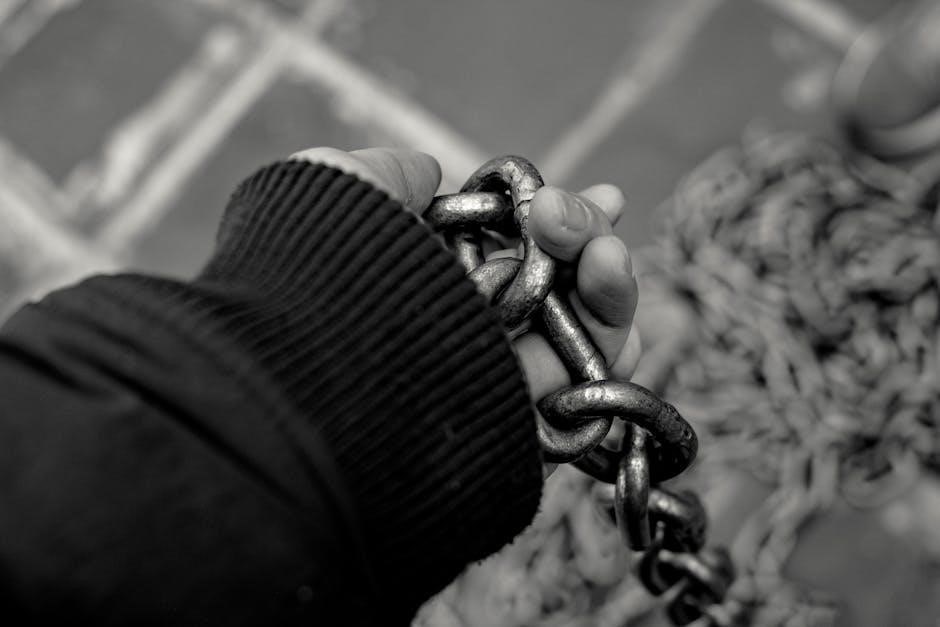drz400 chain cam guide touching chain size
- Published
- in Guide
Proper maintenance of the DRZ400’s chain and cam guide is crucial for optimal performance․ Chain size and tension significantly impact wear, with incorrect sizes causing misalignment and excessive guide wear․ Regular inspection ensures reliability and prevents costly repairs․
Overview of the Importance of Chain and Cam Guide
The chain and cam guide on the DRZ400 are essential components that ensure smooth engine operation and prevent premature wear․ The cam chain guide plays a critical role in maintaining proper chain alignment, while the chain itself transfers power from the engine to the wheels․ If either component is misaligned or worn, it can lead to excessive noise, reduced performance, and even engine damage․ Proper chain tension and guide alignment are vital to prevent the chain from rubbing against nearby parts, such as the swingarm, which can cause accelerated wear and potentially dangerous situations․ Regular maintenance of these components is crucial for both off-road durability and street performance, ensuring the bike runs efficiently and reliably under all conditions․
Why Chain Size Matters for DRZ400 Performance
Chain size is critical for the DRZ400’s performance, as it directly impacts both power delivery and component longevity․ A correctly sized chain ensures proper tension, which prevents excessive wear on the cam guide and other parts․ If the chain is too tight, it can cause premature wear on the guide and lead to noise․ Conversely, a chain that’s too loose may slip, reducing efficiency and potentially causing misalignment․ Maintaining the correct chain size ensures smooth operation, reduces the risk of component failure, and optimizes overall bike performance․ Regular checks and adjustments are essential to uphold these standards and prevent costly repairs down the line․

Understanding the DRZ400 Cam Chain Guide
The DRZ400 cam chain guide plays a vital role in maintaining proper chain alignment and tension․ Its design prevents chain misalignment, ensuring smooth engine operation and reducing wear on components․
Definition and Function of the Cam Chain Guide
The cam chain guide is a critical component in the DRZ400 engine, designed to maintain proper alignment of the cam chain․ Its primary function is to prevent the chain from deviating from its intended path, ensuring smooth operation of the camshaft and valves․ By keeping the chain aligned, the guide reduces wear on both the chain and other engine components․ This is especially important in high-performance engines, where misalignment can lead to premature wear and potentially catastrophic damage․ The guide also plays a role in maintaining correct chain tension, which is essential for optimal engine performance and longevity․ Proper installation and maintenance of the cam chain guide are vital to ensure the engine operates efficiently and reliably over time․
How the Cam Chain Guide Relates to Chain Size
The cam chain guide’s performance is directly influenced by the chain’s size and tension․ A properly sized chain ensures the guide remains in optimal contact, preventing misalignment and excessive wear․ If the chain is too tight or too loose, it can cause the guide to wear unevenly or even lead to chain rubbing against nearby components․ Correct chain sizing ensures smooth operation and reduces the risk of premature wear on both the chain and guide․ Additionally, proper chain tension is critical, as over-tightening can accelerate guide wear, while under-tightening may cause chain slapping or misalignment․ Maintaining the correct chain size and tension ensures the guide functions as intended, preserving engine performance and longevity․

Common Issues with the DRZ400 Chain and Cam Guide
Excessive wear on the cam chain guide, chain tension problems, and misalignment are prevalent issues․ Incorrect chain size or tension often leads to these problems, causing noise and inefficiency․
Excessive Wear on the Cam Chain Guide
Excessive wear on the DRZ400’s cam chain guide often occurs due to improper chain size or tension․ When the chain is too tight or too loose, it can rub against the guide, causing premature wear․ This friction leads to noise and reduced performance․ Additionally, misalignment of the chain can exacerbate wear on the guide, potentially causing it to degrade faster than normal․ Regular inspection is crucial to identify signs of wear, such as grooves or excessive play in the guide․ Ignoring these issues can lead to more severe damage, including chain failure or further damage to surrounding components․ Proper maintenance, such as adjusting chain tension and ensuring correct chain size, can help prevent excessive wear on the cam chain guide and maintain optimal bike performance․
Chain Tension Problems and Their Impact
Chain tension issues are a common problem for DRZ400 owners․ If the chain is too tight, it can cause excessive wear on the cam chain guide and other components, leading to noise and reduced performance․ Conversely, a chain that is too loose may slap against the guide, causing misalignment and uneven wear․ Proper tension is critical; riders should be able to fit two fingers between the chain and the guide, adjusting as needed․ Over-tightening can also lead to premature wear on the chain itself and the sprockets․ Regular checks and adjustments are essential to maintain optimal tension, ensuring smooth operation and preventing costly repairs․ Neglecting chain tension can result in poor bike performance and potential breakdowns during rides․
Chain Misalignment and Its Consequences
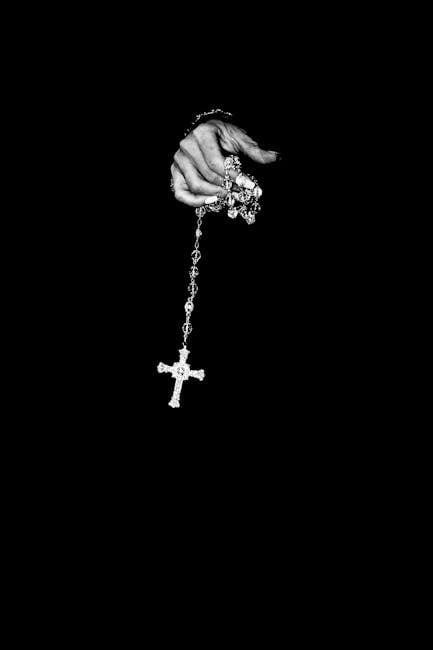
Chain misalignment is a significant issue for DRZ400 owners, often caused by improper chain size or poor adjustment․ When the chain is not properly aligned with the sprockets and guides, it can rub against nearby components, leading to uneven wear․ This misalignment may cause the chain to touch the swingarm or other parts, resulting in premature wear on both the chain and the cam guide․ Over time, this can lead to noisy operation and reduced performance․ In severe cases, misalignment can damage the swingarm or other critical components, requiring costly repairs․ Regular inspections and proper adjustments are essential to ensure the chain runs smoothly and stays aligned․ Ignoring misalignment can lead to breakdowns and compromise the bike’s reliability, especially during long rides or off-road adventures․
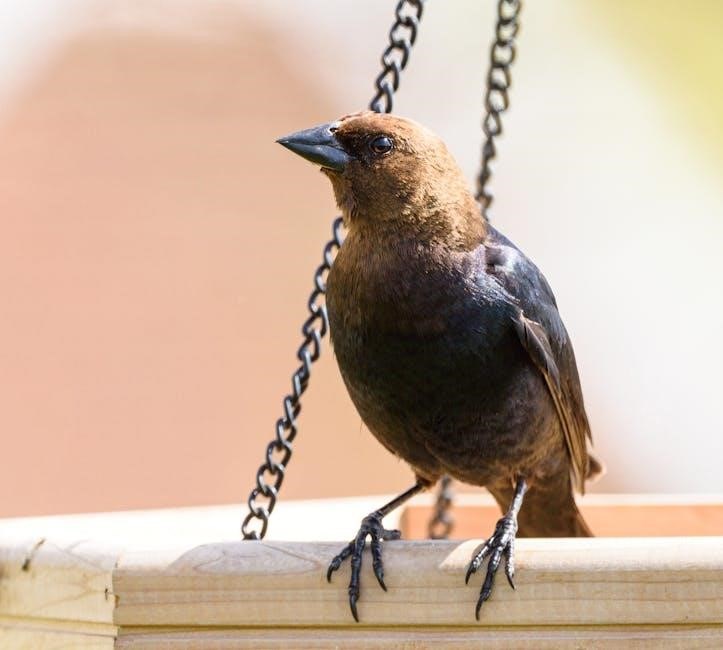
Maintenance Tips for DRZ400 Chain and Cam Guide
Regularly inspect and clean the chain and guide to prevent grime buildup․ Lubricate the chain properly and adjust tension as needed․ Upgrade to an alloy guide for durability and consider professional checks for optimal performance․
Regular Cleaning of the Chain and Guide
Regular cleaning is essential to maintain the DRZ400’s chain and cam guide․ Use a soft brush and mild detergent to remove dirt and grime, ensuring smooth operation․ Avoid harsh chemicals that might damage components․ After cleaning, inspect for wear and lubricate the chain properly․ This routine prevents premature wear and keeps the chain running quietly․ Cleaning also helps identify potential issues early, such as misalignment or excessive wear․ By maintaining a clean chain and guide, you ensure optimal performance and reduce the risk of costly repairs․ Regular maintenance is key to extending the life of your DRZ400’s chain and cam guide system․
Checking and Adjusting Chain Tension
Proper chain tension is vital for the DRZ400’s performance and longevity․ To check the tension, place the bike on a stand and ensure the chain is aligned․ Using your fingers, press down on the chain midway between the sprockets․ It should have a slight give but not feel loose․ If it’s too tight or too slack, adjust accordingly․ For adjustment, loosen the axle nut and use the adjusters to tighten or loosen the chain․ Once set, tighten the axle nut securely․ Improper tension can lead to excessive wear on the cam guide, noise, or even chain failure․ Regular checks ensure smooth operation and prevent costly repairs․ Always refer to the manual for specific tension specifications․ Proper adjustment enhances both performance and reliability, keeping your DRZ400 running at its best․ Regular checks are essential for maintaining optimal chain tension and overall bike health․
Inspecting for Wear and Tear
Regular inspection of the DRZ400’s chain and cam guide is essential to prevent premature wear and potential damage․ Start by examining the chain for signs of wear, such as stretched links, rust, or excessive play․ Check the cam guide for cracks, uneven wear, or smooth areas where the chain has rubbed against it․ If the guide shows significant wear, it may need replacement․ Additionally, ensure the chain is properly aligned with the sprockets to avoid misalignment, which can accelerate wear on both the chain and guide․ Pay attention to the chain slider on the swingarm, as it is prone to wear and can cause the chain to rub against the swingarm itself․ Inspecting these components regularly helps maintain smooth operation and prevents costly repairs․ Always clean the chain and guide before inspection for a clear view of their condition․

Troubleshooting Common Problems
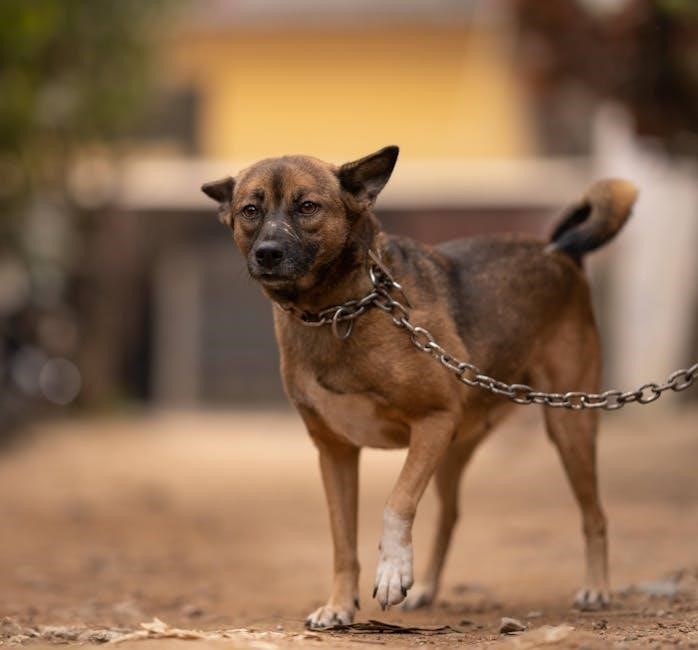
Identify issues by inspecting wear patterns on the chain and guide․ Misalignment causes uneven wear, while excessive tension leads to noise and premature guide damage․ Adjustments are often necessary to restore proper functionality and prevent further wear․
Diagnosing Chain Rubbing Issues
Chain rubbing on the cam guide or swingarm is a common issue in DRZ400 models․ It often occurs due to improper chain tension or misalignment․ Inspect the chain for uneven wear and check the guide for signs of friction․ If the chain is too tight, it may rub against the guide, causing noise and accelerated wear․ Conversely, a loose chain can slap against the swingarm, leading to similar problems․ To diagnose, visually examine the chain’s path and ensure it runs smoothly without touching any components․ Adjust the tension or realign the chain as needed to prevent further damage and maintain optimal performance․
Identifying Noisy Chain Operation
Noisy chain operation in the DRZ400 can signal underlying maintenance needs․ Common causes include improper tension, misalignment, or worn components․ A tight chain may vibrate, causing rattling, while a loose chain can slap against the swingarm or guide, producing clunking sounds․ Over time, this leads to premature wear․ To diagnose, listen for unusual noises and inspect the chain visually․ Ensure it’s clean and free from debris, which can worsen noise․ Proper tensioning, following guidelines, is crucial to minimize noise and extend component life․ Addressing these issues promptly is essential for smooth operation and longevity of the chain and cam guide system․
Addressing Chain Wear and Tear
Chain wear and tear on the DRZ400 can lead to reduced performance and increased maintenance costs․ Proper tensioning is critical, as overtightening can cause excessive friction, accelerating wear, while undertightening may result in slapping or misalignment․ Regular cleaning and lubrication are essential to prevent dirt and debris from abrading the chain and guide․ Inspecting for worn links or uneven wear patterns helps identify issues early․ Replacing the chain guide before it becomes excessively worn is vital, as it prevents the chain from rubbing against the swingarm, which can cause costly damage․ Upgrading to a high-quality alloy guide can enhance durability․ Addressing wear promptly ensures smooth operation and extends the lifespan of both the chain and guide, maintaining the bike’s reliability and performance․

Installation and Upgrade Guide
Upgrading to an alloy chain guide enhances durability and performance․ Ensure proper fitment for DRZ400 models 2000-2017․ After installation, adjust chain tension to prevent excessive guide contact, ensuring optimal performance and longevity․
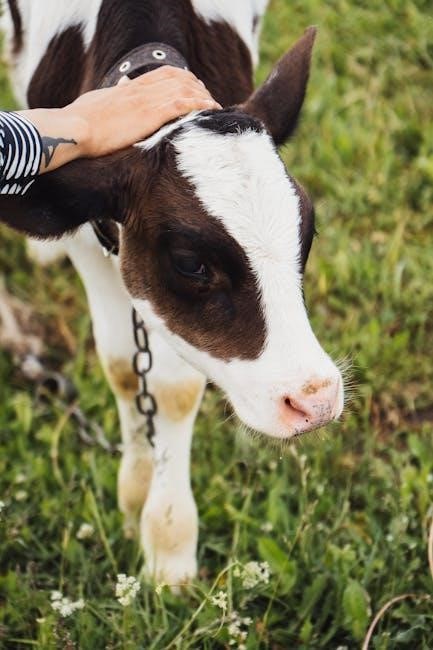
Replacing the Cam Chain Guide
Replacing the cam chain guide on a DRZ400 involves removing the old guide and installing a new one․ Ensure the new guide is compatible with your model year․ Remove the chain first to access the guide, then unbolt and pull it out․ Install the new guide, ensuring proper alignment and torque specifications․ After installation, adjust the chain tension to prevent excessive contact with the guide․ Misalignment can cause wear, so double-check the fitment․ Upgrading to an alloy guide is recommended for durability․ Proper installation ensures smooth operation and prevents chain rubbing issues․ Always refer to a repair manual for specific torque values and alignment procedures․ Regular inspection after replacement is crucial to maintain optimal performance and prevent further wear on the chain and guide․
Upgrading to an Alloy Chain Guide
Upgrading to an alloy chain guide on your DRZ400 enhances durability and performance․ Alloy guides resist wear better than stock plastic ones․ Installation involves removing the old guide and replacing it with the alloy unit․ Ensure compatibility with your model year․ Secure the guide firmly using the provided hardware, following torque specifications․ Proper alignment is crucial to prevent chain misalignment․ After installation, check chain tension to ensure it’s not too tight or loose․ Alloy guides reduce the risk of chain rubbing and extend the life of both the chain and guide․ This upgrade is particularly beneficial for bikes used in demanding conditions․ Regularly inspect the new guide to maintain optimal performance and prevent potential issues․ An alloy chain guide is a cost-effective improvement for long-term reliability and reduced maintenance․
Adjusting the Chain for Optimal Performance
Adjusting the chain on your DRZ400 is essential for maximizing performance and preventing premature wear․ Start by loosening the rear axle nut to allow chain movement․ Next, adjust the chain tension using the adjusters on the swingarm․ Proper tension is achieved when you can fit two fingers snugly between the chain and the guide․ Tighten the axle nut securely after adjustment․ Ensure the chain is centered and aligned with the sprockets to avoid misalignment issues․ Over-tightening can cause excessive wear, while under-tightening may lead to chain slapping or skipping․ Regular adjustments are necessary, especially after installing a new chain or changing riding conditions․ Proper chain alignment and tension ensure smooth power delivery and extend the life of both the chain and guide․ Always refer to the manufacturer’s specifications for precise adjustment guidelines․
Proper maintenance of the DRZ400’s chain and cam guide is essential for preventing wear and ensuring optimal performance․ Regular checks and adjustments guarantee reliability and extend component longevity over time․
Final Thoughts on Maintaining the DRZ400 Chain and Cam Guide
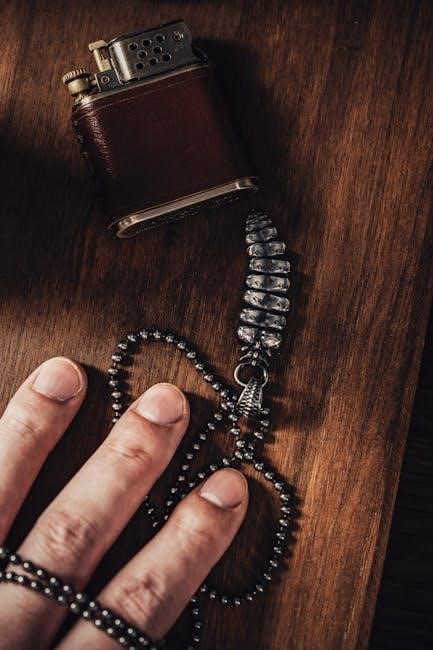
Regular maintenance of the DRZ400’s chain and cam guide is vital for ensuring optimal performance and longevity․ Proper chain tension, size alignment, and guide inspection prevent excessive wear and noise․ Upgrading to durable components like alloy guides enhances reliability․ Consistent care not only avoids costly repairs but also maintains smooth operation and overall bike performance․ By adhering to maintenance routines and addressing issues early, riders can extend the life of their DRZ400 and enjoy uninterrupted adventures on both trails and roads․ Remember, a well-maintained chain and cam guide system is essential for the bike’s efficiency and the rider’s safety․
